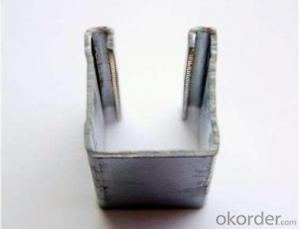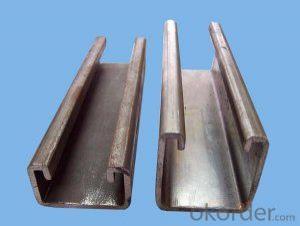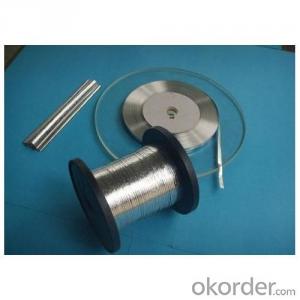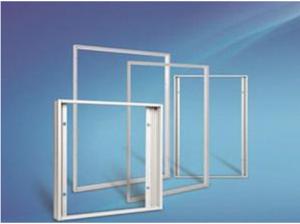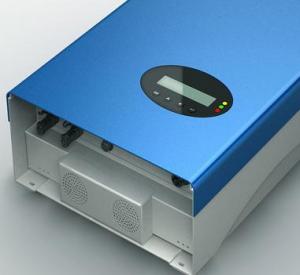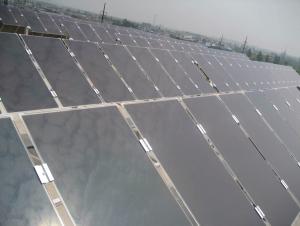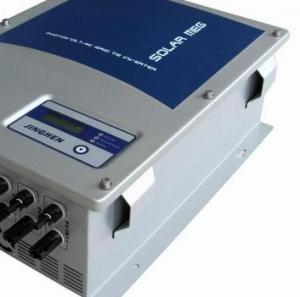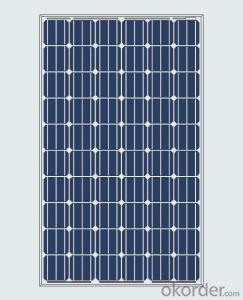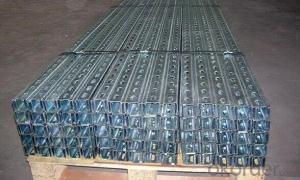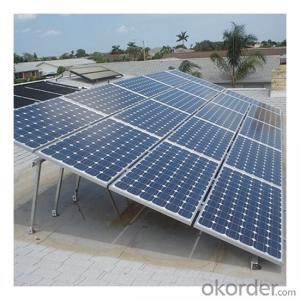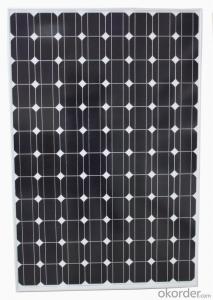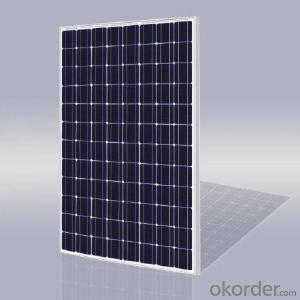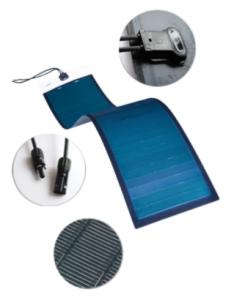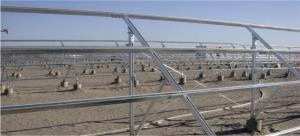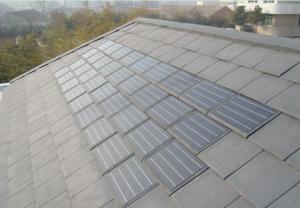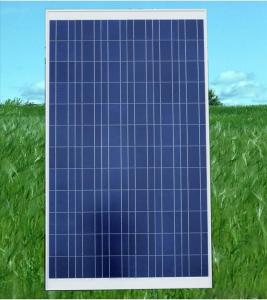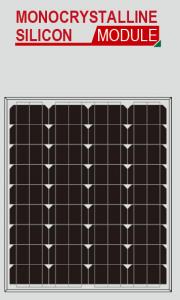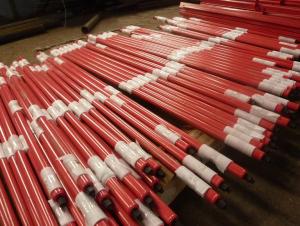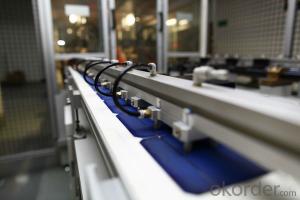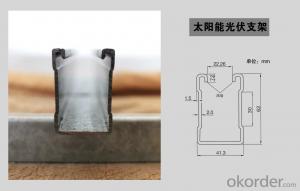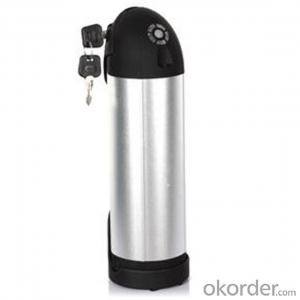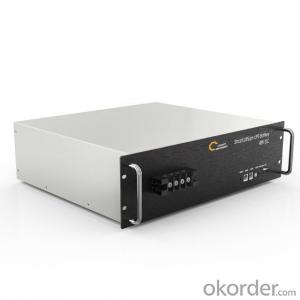Solar Module Structure
Solar Module Structure Related Searches
Solar Module Construction Solar Module Components Solar Module Assembly Solar Cell Module Assembly Solar Module Solar Module Size A Solar Module Is A Solar Cell Module Solar Module Definition Solar Module Comparison Define Solar Module Bifacial Solar Cells Structure Solar Battery Module Module Solar Solar System Module Solar Photovoltaic Module Solar Panel Module Solar Module Capacity Solar Module Cost Breakdown Solar Module Parts Solar Light Module Solar Power Module Solar Energy Module Module Solar Panel Solar Led Module Solar Module Prices Solar Module Cost Solar Panel Module Size Solar Cell Solar Module Solar Cell And Solar ModuleSolar Module Structure Supplier & Manufacturer from China
Solar Module Structure encompasses a variety of products that are integral to the construction and functionality of solar panels. These products include mounting systems, frames, junction boxes, and other components that support the efficient operation and durability of solar energy systems. The primary purpose of these structures is to hold solar panels in place, protect them from environmental factors, and ensure optimal exposure to sunlight for maximum energy generation.Solar Module Structure finds its application in various scenarios, such as residential rooftops, commercial buildings, and large-scale solar farms. These structures are designed to withstand harsh weather conditions and provide a stable platform for solar panels to generate clean, renewable energy. They are essential for maximizing the efficiency and longevity of solar panel installations, making them a critical component in the transition towards sustainable energy sources.
Okorder.com is a leading wholesale supplier of Solar Module Structure products, boasting a vast inventory that caters to the diverse needs of customers worldwide. With a commitment to quality and affordability, Okorder.com offers a comprehensive range of Solar Module Structure products, ensuring that customers can find the perfect fit for their specific solar energy project requirements.
Hot Products
